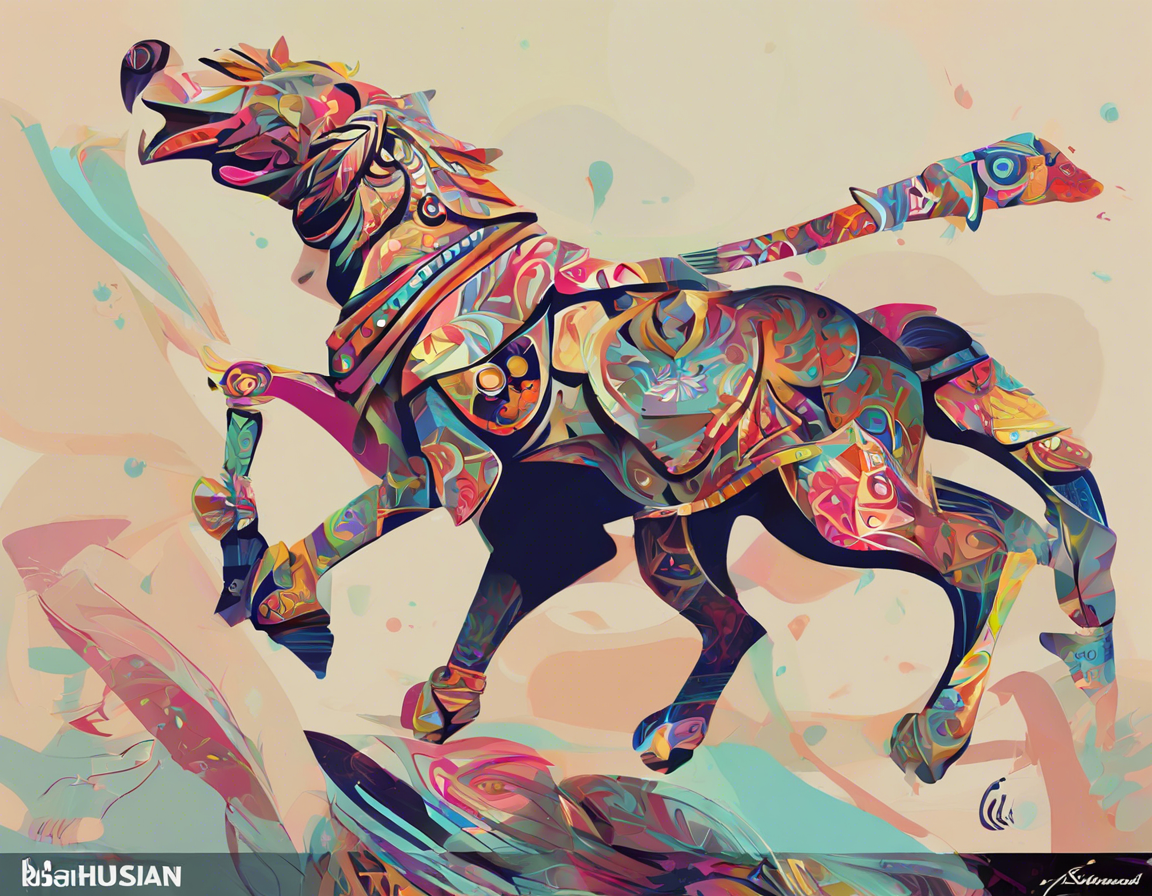Introduction
Indian Classical Music: A Timeless Tradition
Indian classical music is one of the oldest forms of music in the world, with a rich history and deep cultural significance. Rooted in ancient texts such as the Natya Shastra and the Sama Veda, Indian classical music has evolved over thousands of years into a complex and sophisticated art form. One of the most prominent figures in the world of Indian classical music is Brij Bhushan, a renowned musician and scholar who has dedicated his life to preserving and promoting this treasured tradition.
Who is Brij Bhushan?
Early Life and Training
Brij Bhushan was born into a family of musicians in northern India, where he began his musical training at a young age. His early exposure to classical music laid the foundation for his deep love and understanding of the art form. Under the guidance of his gurus, Brij Bhushan honed his skills in both vocal and instrumental music, mastering traditional ragas and compositions.
Contribution to Indian Classical Music
Over the years, Brij Bhushan has emerged as a leading authority on Indian classical music, known for his expertise in various aspects of the tradition. He has dedicated himself to both performing and teaching, sharing his knowledge with audiences and students around the world. Through his concerts, recordings, and workshops, Brij Bhushan has played a vital role in preserving and promoting Indian classical music for future generations.
Exploring the Depth of Indian Classical Music
Ragas and Talas
Central to Indian classical music are ragas and talas, which form the foundation of improvisation and composition. Ragas are melodic structures that evoke specific emotions and moods, while talas are rhythmic patterns that provide a framework for performance. Together, ragas and talas create a dynamic interplay of melody and rhythm, allowing musicians to express their creativity and skill.
Alap, Jor, and Jhala
In a typical Indian classical music performance, the progression of a raga is divided into three main sections: alap, jor, and jhala. The alap is a slow and meditative exploration of the raga, gradually unfolding its melodic contours. The jor introduces a steady pulse and rhythmic development, leading to the climax of the performance in the jhala, where the tempo increases and the music reaches a thrilling conclusion.
Gharanas and Styles
Indian classical music is characterized by a diverse range of musical styles and traditions, each with its own distinct characteristics and repertoire. Gharanas, or musical lineages, play a crucial role in shaping these styles, passing down techniques and compositions from one generation to the next. By studying different gharanas, musicians can gain insight into the nuances and intricacies of Indian classical music.
Frequently Asked Questions (FAQs)
1. What is the difference between Hindustani and Carnatic classical music?
– Hindustani classical music is primarily practiced in northern India, while Carnatic classical music is native to southern India. They differ in terms of ragas, talas, instruments, and performance styles.
2. How long does it take to learn Indian classical music?
– The duration varies depending on the individual’s dedication, talent, and practice regimen. Some students may take several years to master the basics, while others may progress more quickly.
3. Can anyone learn to sing or play Indian classical music?
– Yes, Indian classical music is open to anyone who is willing to learn and has a passion for the art form. It is advisable to start training at a young age, but adults can also make progress with dedicated practice.
4. What are some common instruments used in Indian classical music?
– Popular instruments in Indian classical music include the sitar, tabla, sarangi, flute, veena, and santoor, among others. Each instrument has its own unique sound and techniques.
5. How important is improvisation in Indian classical music?
– Improvisation is a key element of Indian classical music, allowing musicians to showcase their creativity and skill. Through improvisation, performers can explore the nuances of ragas and talas, creating unique and spontaneous musical expressions.
Conclusion
Brij Bhushan’s dedication to Indian classical music reflects the enduring legacy of this ancient art form. With its intricate melodies, complex rhythms, and deep spiritual significance, Indian classical music continues to captivate audiences and musicians alike. Through his contributions as a performer and educator, Brij Bhushan has helped to preserve and promote this timeless tradition for future generations to enjoy and appreciate.
